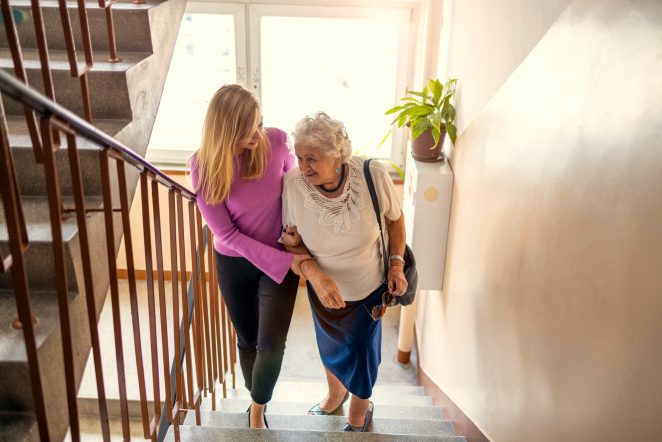By: Jay LaBine, M.D.
Primary care house calls are making a comeback and addressing gaps in care for advanced chronically ill patients.
The advanced chronic care population is poorly served today. The health care system requires patients to travel to a physician or facility to receive medical services, creating a significant barrier for patients who typically have limited mobility, resources and social support.
The struggle to receive the necessary care not only leads to physical struggles, but also can leave a patient feeling unsupported, isolated and frustrated. According to Healthy People 2020, mental health disorders, such as depression, have a strong association with the management, progression and outcome of serious chronic diseases. Isolation can exacerbate health conditions further.
Mental health disorders, such as depression, have a strong association with the management, progression and outcome of serious chronic diseases.
A Home-Based Primary Care program provides the patient with a full support system of individuals dedicated to their health care and well-being. This team includes a physician, nurse practitioner, registered nurse case manager and a social worker who provide routine and preventive care and direct access to care when the patient has a serious health concern.
Typical home health care services are designed to tackle specific concerns, but just for a limited time. While this can be an appropriate method for patients suffering from an acute illness, it’s not effective when it comes to treating long-term health conditions.
To be eligible for the program, patients must be referred by their primary care physician. Once approved, each patient receives:Priority Health pioneered the Home-Based Primary Care method in Michigan after recognizing the disconnect between the chronic care population and the current delivery system.
- A complete health assessment
- 24/7 medical support
- A patient-specific plan of care that evolves as needs change
- A nurse case manager to monitor patient care
- Occupational, physical, respiratory and speech therapy
- Education about medications, telemonitoring procedures and health emergency preparedness
Priority Health conducted a pilot program in West Michigan during 2013. Ninety patients received Home-Based Primary Care services and have seen significant improvements in their health. In fact, emergency room and hospital inpatient visits decreased by 40 percent.
The Department of Veterans Affairs also uses a Home-Based Primary Care program to serve ill veterans in their homes. In 2000, the Department of Veterans Affairs Cooperative Studies Program found that the individuals involved in the program achieved significantly higher scores for “health related quality-of-life” compared to the control group.
This home-based model of care not only offers efficient care to participating patients, it also provides them with an increased level of independence and dignity.
About the Author: Jay LaBine, M.D., is chief medical officer of Priority Health. He is responsible for Priority Health’s clinical departments and programs, and the development and coordination of population health programs and chronic disease management strategies. He participates in strategic planning for the organization and in efforts to further our goals of improving health, enhancing patient experience, and effectively managing cost.


